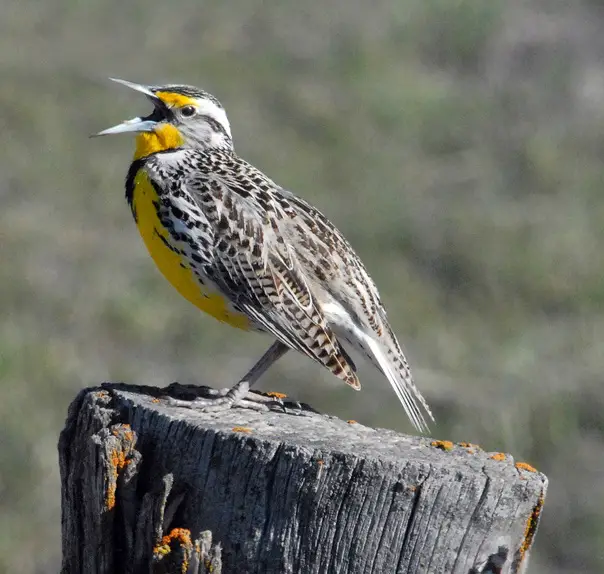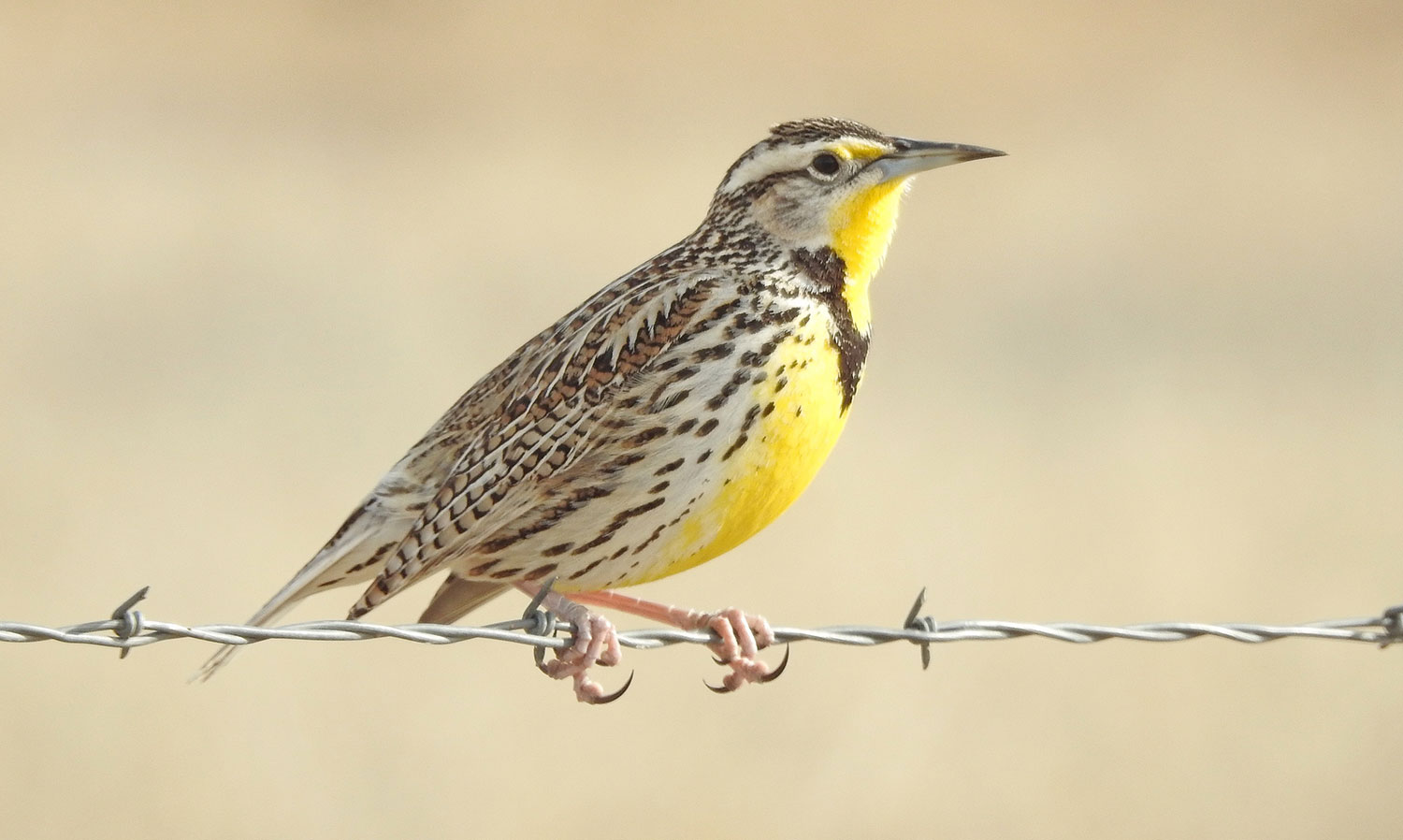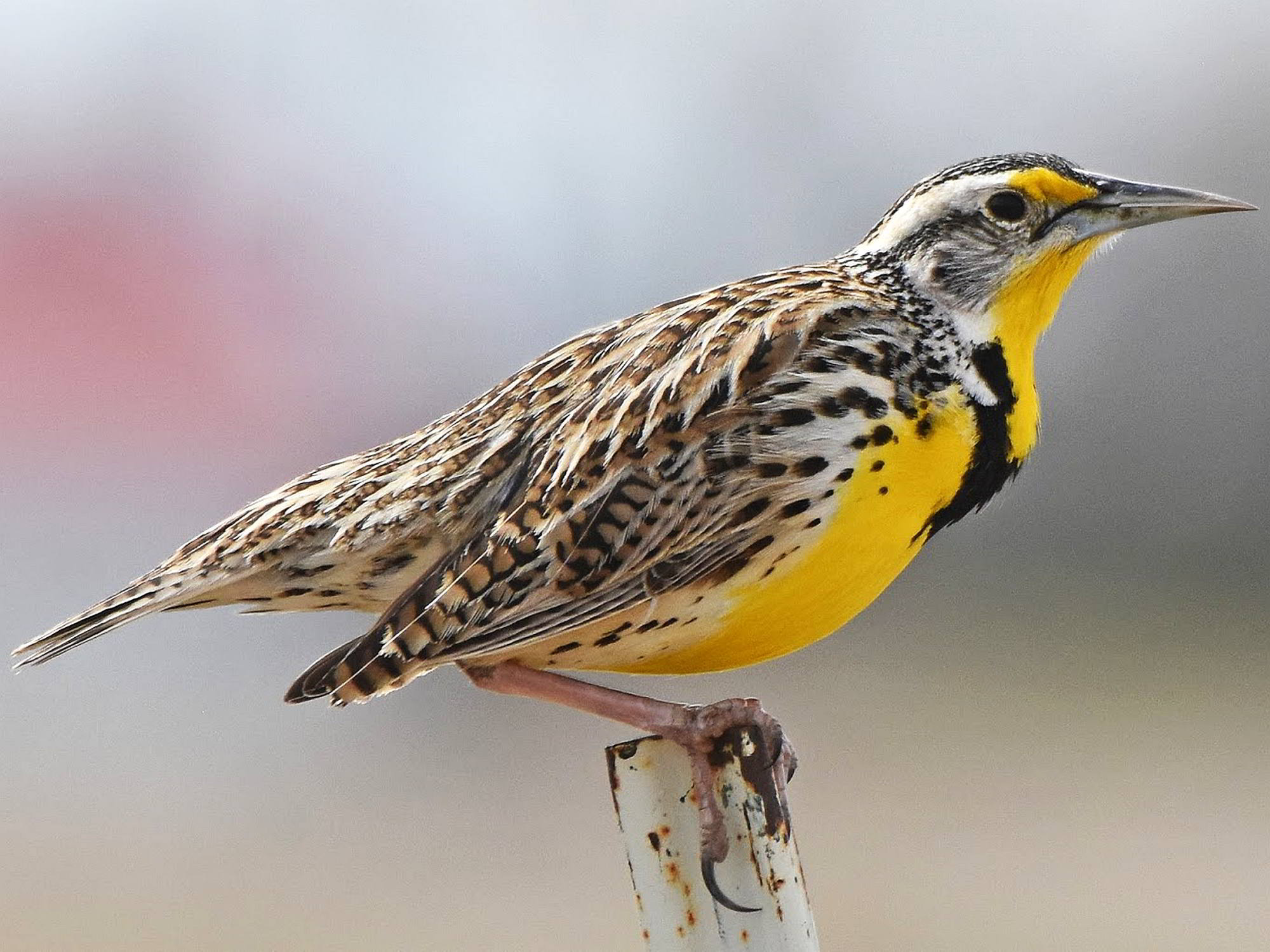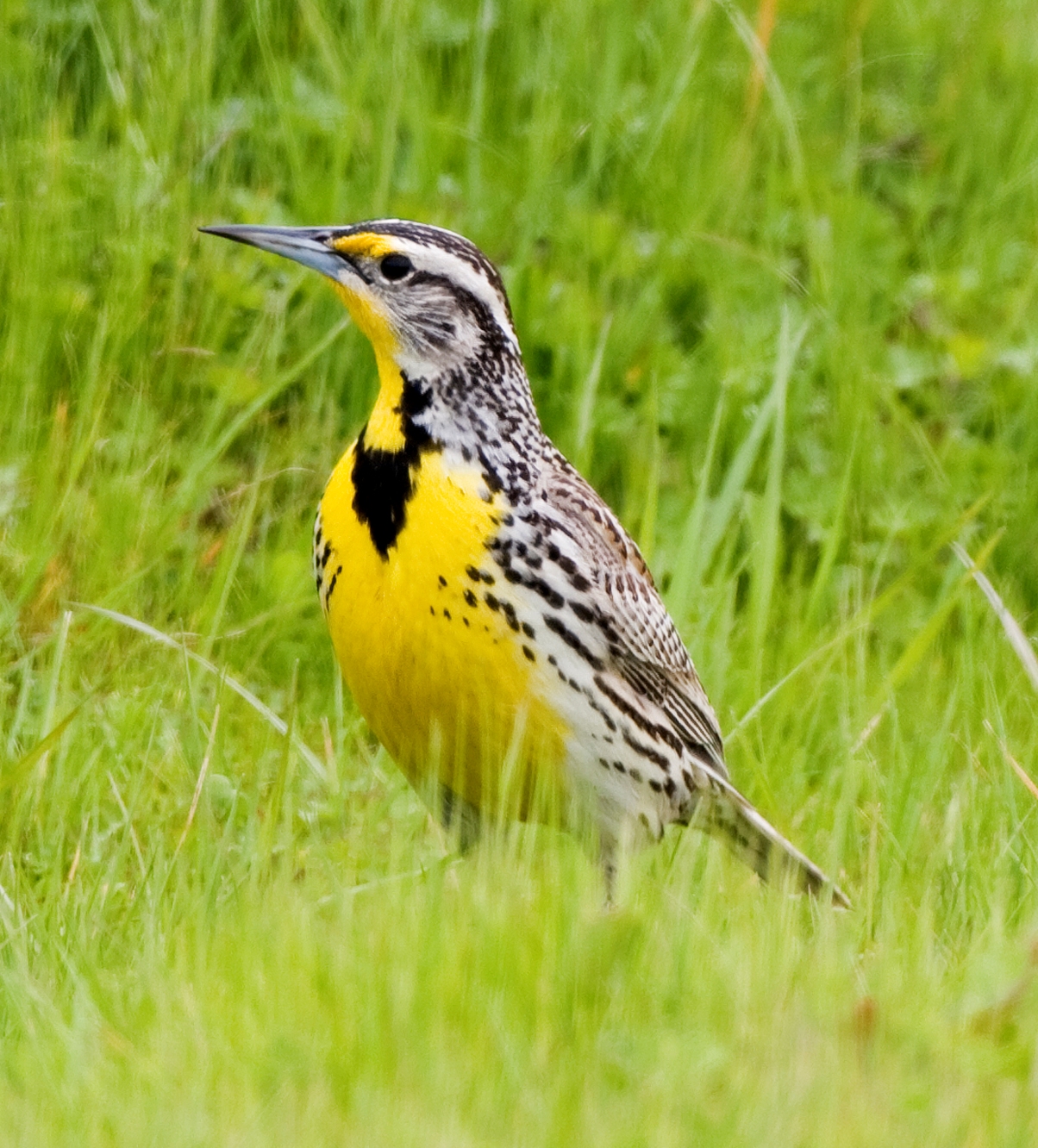What does Western Meadowlark of Nebraska look like?
Nebraska is a state with an area of approximately 200,330 square kilometers. It is not as large as the other states, yet it is rich with breathtaking scenery. The Western Meadowlark is not only Nebraska’s state bird but also the state bird of Oregon, Montana, North Dakota, Wyoming, and Kansas. This unique bird has its own black and white color pattern with a touch of yellow. It measures around 9 inches and is easily identifiable by its distinctive appearance.

Why Has the Western Meadowlark Become Nebraska’s State Bird?
The Western Meadowlark has become Nebraska’s state bird because it is commonly found in the state’s grasslands. Its joyous chirping and presence in the agricultural areas of Nebraska made it a natural choice for the state bird. The Western Meadowlark represents the spirit of Nebraska, with its cheerful songs and connection to the land.

The Nebraska State Bird Facts
The Western Meadowlark is not only beautiful but also has some interesting facts associated with it. Let’s explore a few of them!
Fact #1: Western Meadowlarks are singers!
One of the most distinctive features of the Western Meadowlark is its beautiful song. They can create noises that sound like they’re singing a song. The Western Meadowlark uses different chirps and melodies to communicate different messages. For example, when they sing faster, it signifies they are chasing, while a low-pitched chirp indicates that they are upset, mating, or defending their territory.
Fact #2: Western Meadowlark migration
Western Meadowlarks migrate late in the fall and earlier in the spring. They can be found in fields and meadows across the United States, including Nebraska. Their migration patterns are influenced by the availability of food and suitable nesting grounds.
Fact #3: Western Meadowlarks are noisy
Before you see a Western Meadowlark, you’ll likely hear its loud and distinct call. They are known for their loud sounds, which can be heard from a distance. Their vocalizations are a defining characteristic of this bird species.
Fact #4: Western Meadowlarks are wheat and insect eaters
Living in agricultural areas like grasslands, Western Meadowlarks have a varied diet. They love eating wheat, seeds, and insects like grasshoppers, ants, and crickets. This diet helps them thrive in their natural habitat and play an important role in maintaining the ecosystem’s balance.
Fact #5: Male Western Meadowlarks can have two partners
Male Western Meadowlarks have the ability to have two partners at the same time. In such instances, the male is responsible for defending his territory and mating with both female partners. The females are responsible for incubating the eggs and raising the chicks.
Fact #6: Male Western Meadowlarks are competitive
Male Western Meadowlarks are territorial and will defend their territory vigorously. They display aggressive behaviors such as rapid wing-flapping to ward off competitors and protect their chosen breeding grounds.

Frequently Asked Questions
What is the lifespan of Western Meadowlark?
The Western Meadowlark has a lifespan of around 2-4 years on average. The longest-recorded lifespan of a Western Meadowlark was 6 years and 6 months in Colorado. Factors such as predation, environmental changes, and disease can impact their lifespan.
When did Nebraska get a state bird?
In 1929, Nebraska designated the Western Meadowlark as its state bird. This decision was made after going through several processes, including approval through votes and the signing of a resolution into law.
How did Nebraska get a state bird?
Nebraska had to go through a lengthy process to declare its official state bird. The decision to designate the Western Meadowlark as the state bird involved voting and the passing of a resolution. Once the resolution was passed, it was signed into law, officially making the Western Meadowlark Nebraska’s state bird.

Conclusion
The Western Meadowlark is not only Nebraska’s state bird but also a symbol of joy and vibrancy in the state’s grasslands. With its distinctive color pattern and beautiful songs, it stands out among the diverse bird species in Nebraska. The Western Meadowlark’s migration patterns, noisy nature, and dietary preferences make it an integral part of the state’s ecosystem. By understanding these facts, birdwatchers and nature enthusiasts can appreciate the unique qualities of the Western Meadowlark and enjoy observing their behavior in their natural habitats. So, keep an eye out for this charming bird the next time you’re in Nebraska and capture a picture to treasure the experience. Happy birdwatching!





